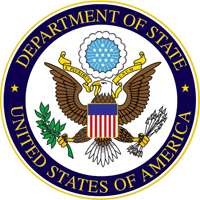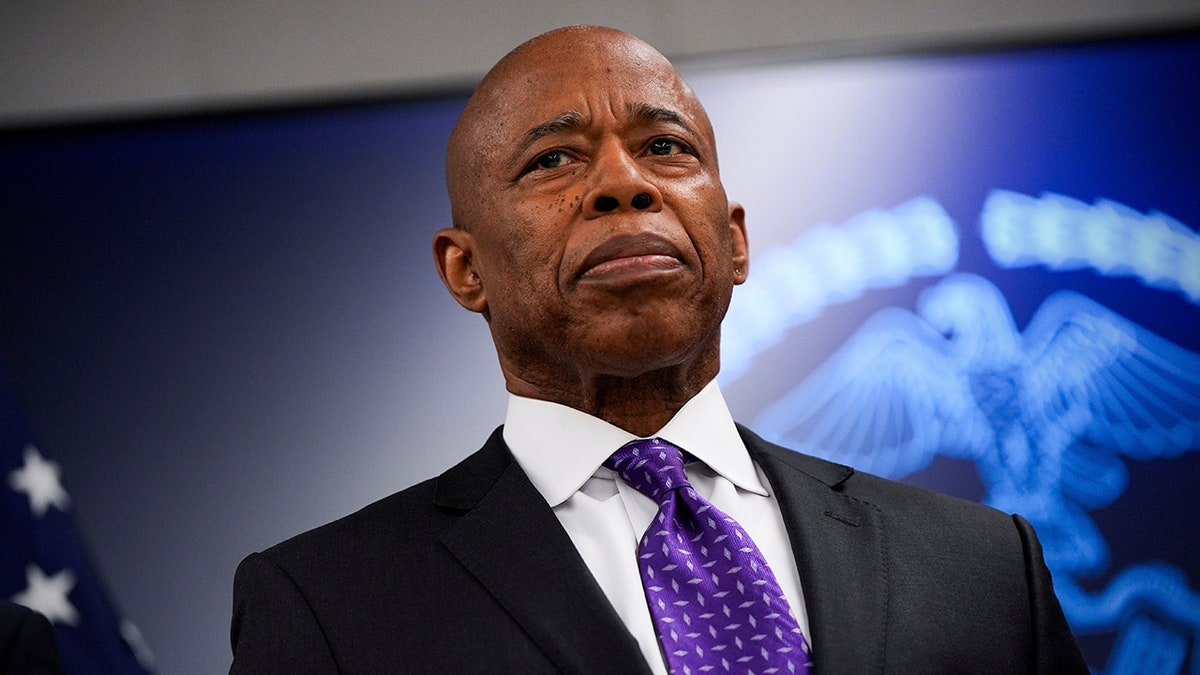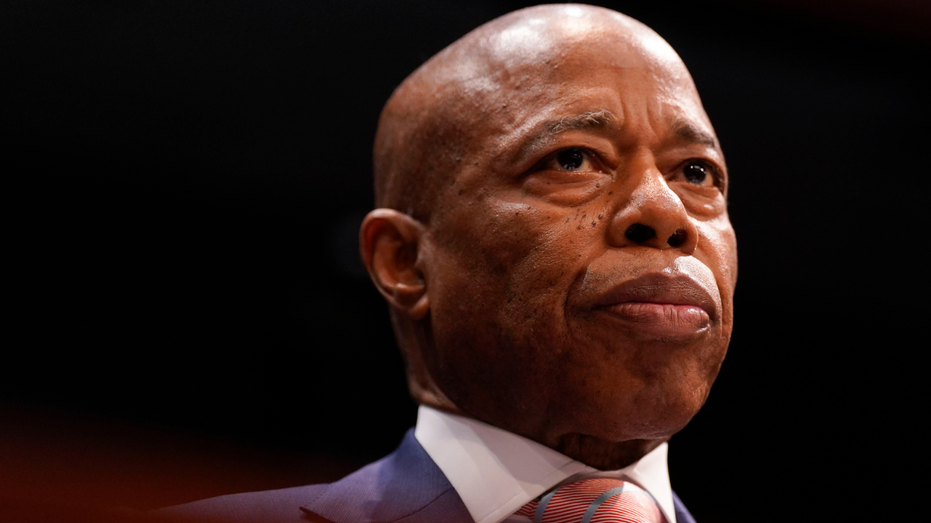Local LGBTQ+ publications are facing a drop in ad dollars and a rise in safety concerns, new report finds

A new report from News is Out, a national collaborative of queer news publishers, has mapped local LGBTQ+ publications across the U.S. The first comprehensive report of its kind, “The LGBTQ+ Media Mapping Project” paints a striking picture of how many of these community-centered news outlets are struggling to stay afloat during the second Trump administration, even as their engagement has increased.
Authors Hanna Siemaszko, a researcher for the Local Media Association, and Tracy Baim, a journalist and co-founder of the Windy City Times, identified 105 local and 69 national outlets across the U.S., including newspapers, digital news sites, radio programs, and podcasts. As community-focused publications, many of these outlets publish arts and culture coverage, promote and host events, and spotlight local leaders. Many also provide essential reporting on local politics, policies, and healthcare issues. This coverage is tailored to the LGBTQ+ community during a time when its rights and safety are increasingly under threat.
The project’s authors found an increasing number of LGBTQ+ news deserts across the U.S. — entire regions or states with no dedicated local coverage of LGBTQ+ issues. Major metros are currently well-served by decades-old legacy publications, including Philadelphia Gay News, Dallas Voice, and Bay Area Reporter. The Washington Blade has been publishing since 1969 and spun off a sister Los Angeles-focused publication in 2017. Many states, however — including Alabama, Arkansas, New Hampshire, Indiana, Oregon, and South Carolina — have no known LGBTQ+ outlets.
The report estimates that more than 1.5 million LGBTQ+ people across 18 states are not currently served by any dedicated local news publication. Given that many states only have publications that serve one or two urban markets, it’s reasonable to estimate that the actual figure is in the millions.
CUNY’s Graduate School for Journalism collaborated on the project and has an interactive map featuring all current local outlets.
Most of the publications are small for-profits; only 10% currently operate as nonprofits. Of the 79 publications that responded to survey questions, 47% said they operate on under $100,000 per year. Most are also heavily dependent on advertising revenue, with more than half of respondents saying advertising accounts for more than their 70% annual revenue. Nineteen publications said that advertising accounts for 100% of their revenue.
This dependence on ad money leaves many local LGBTQ+ publications at a crossroads, as mercurial corporate advertisers and sponsors have started yanking campaigns that could be seen as supporting the LGBTQ+ community. Though this advertising started to drop in 2023, the report’s authors found the trend has been exacerbated by the Trump administration’s anti-trans and anti-DEI executive orders.

“We have been advertiser-supported for the last 51 years. It’s worked out well, but obviously things are changing in the landscape. We’re losing a lot of Pride-related ads, and some bigger corporations are reevaluating their strategy,” said one legacy publication owner during a focus group held by the researchers. “It’s a very scary time if you’re ad-supported, so I would like to appeal to the community for subscriptions.”
“We’re losing our second-biggest advertiser solely because they are not allowed to advertise with anything DEI-related anymore, because they are federally funded,” said another publication. “Most of our advertisers are healthcare providers, healthcare networks. We’re gonna have to pivot mightily.”
Very few outlets currently receive foundation or grant support, but those that do are also concerned their applications will be swept into the DEI bucket. One received a grant from Walmart last year. “Can we still go to Walmart and say we’re a queer news outlet when they’ve demolished all their DEI?” said a representative from another publication.

Given rising anti-LGBTQ sentiment under the Trump administration and increased hate speech and violence directed toward trans and nonbinary people, many publications are also starting to worry about their journalists’ safety.
After Donald Trump was reelected last fall, a representative from one outlet said several former contributors reached out to ask if their bylines and articles could be removed from the site. One outlet went fully online after they found that people were throwing out their free magazine: “I had a print edition that I was doing monthly, but I found that they were getting thrown away by the straight community.” Other publishers have removed office addresses and email contacts from their websites to avoid doxxing, harassment, or worse.
“I’ve had people tell me they were afraid to go on the air, and after 40 years on the air, that’s the first time I’ve ever heard that,” said one radio producer in a focus group.
“I saw a news desert for the LGBTQ community here in [a Midwest Republican-controlled state]. What I’m finding is — I had about nine freelance reporters — they’re kind of afraid to report now,” said a representative of another publication.
Despite the political forces undercutting the work of these publications, the audience and demand for their community-centered coverage is only growing. While LGBTQ+ people currently make up roughly 7.6% of the U.S. adult population, 10.5% of millennials and 20.8% of Gen Z reportedly identify as LGBTQ+. As the report’s authors put it, there is “a growing audience with less news.”
The researchers also found increased engagement with and support for these publications since Trump was reelected. A representative from one outlet said their audience had “surged,” while a podcast saw its listenership increase by 76% in recent months. Other publications have seen increased offers to volunteer or support in other ways.
“The upside to a Republican administration is that the gay community feels under threat and are more motivated to read gay press, to give to gay press, to be active and involved,” said one publication owner who has been operating a legacy publication for decades. (They said they “made a small fortune during the Reagan administration.”)

The report’s authors call on LGBTQ+ outlets to diversify their revenue, decrease reliance on corporate sponsorship, and build more revenue from subscriptions and reader donations. They suggest that local outlets share “back-end services” like grant-writing, legal service, and development staff, similar to what other local news nonprofits are doing.
Despite challenges, the report spotlights resiliency across the queer press, particularly since many publications have sustained their work during politically hostile times in the past. “We’ve been the voice for this community for 51 years,” said one publication of their message to readers. “We’re not going anywhere. And we’re gonna lean into what’s happening and we’ll be there for you.”
You can read the full report on News is Out and explore the full Local LGBTQ+ Media Map here.
What's Your Reaction?
 Like
0
Like
0
 Dislike
0
Dislike
0
 Love
0
Love
0
 Funny
0
Funny
0
 Angry
0
Angry
0
 Sad
0
Sad
0
 Wow
0
Wow
0








































































